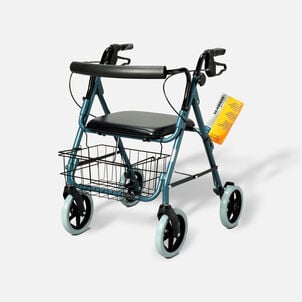The Complete HSA Eligibility List
Here it is — the most-comprehensive eligibility list available on the web. From A to Z, items and services deemed eligible for tax-free spending with your Flexible Spending Account (FSA), Health Savings Account (HSA), Health Reimbursement Arrangement (HRA) and more will be here, complete with details and requirements. Important Reminder: HSAs, FSAs, HRAs and other account types listed may not all be the same. Be sure to check with your administrator to confirm if something is eligible before making a purchase.
Here it is — the most-comprehensive eligibility list available on the web. From A to Z, items and services deemed eligible for tax-free spending with your Flexible Spending Account (FSA), Health Savings Account (HSA), Health Reimbursement Arrangement (HRA) and more will be here, complete with details and requirements. Important Reminder: FSAs, HRAs and other account types listed may not all be the same. Be sure to check with your administrator to confirm if something is eligible before making a purchase.
Walker: HSA Eligibility
Walker: eligible with a Health Savings Account (HSA)HSA Eligible Walkers
No prescription required.
What is a walker?
A walker or walking frame is a tool for those who are recuperating from leg or back injuries or elderly people who need additional support to maintain balance or stability while walking.
A walker is a lightweight frame that goes up to waist level or approximately 12 inches and is slightly wider than the user. Walkers are adjustable and should be set at a height that is comfortable for the user, and allows the user to maintain a slight bend in their arms for proper blood circulation. Depending on the strength of the user, the front two legs may have wheels attached.
How is a walker used?
A person walks with the frame surrounding their front and sides and placing their hands onto the top of the sides of the frame. While walking, a person typically picks up the walker and places it a short distance ahead. Then the user walks to it and repeats the process. Walkers with wheels are glides pushed ahead as opposed to being picked up, making it even easier for the walker as it does not require arm strength. Using a walker can reduce the stress on a painful joint or limb. It can also help you be more safe and independent in your daily activities (Verywell Health).
What are some safety considerations?
Do not use the walking aid to help you stand up or sit down. Even if you still have one hand on your walking aid, put the other hand on the surface you are sitting on before lowering yourself into it. If you are not very steady on your feet, rest your walking aid securely nearby, so it does not fall and you can reach it easily.
In general when using a walker, look straight ahead and not down at your feet. Steer clear from small rugs, cords, pets, small children or anything that could cause you to trip, slip, or fall. Make sure the rubber tips on the walker are always clean and in good condition. You can buy replacement tips as well as ice tips for the outdoors during winter.



